Rise of Clean Beauty Trends
The rise of clean beauty trends is reshaping consumer preferences within the Cosmetic Antioxidants Market. As consumers increasingly prioritize transparency and sustainability, there is a growing demand for products that are free from harmful chemicals and synthetic additives. Antioxidants derived from natural sources, such as plant extracts, are gaining traction as consumers seek safer alternatives. This shift is supported by market data indicating that the clean beauty segment is expected to witness a growth rate of around 8% annually. Brands that emphasize the use of natural antioxidants, such as green tea extract and resveratrol, are likely to attract a loyal customer base that values ethical and environmentally friendly products.
Innovation in Product Formulations
Innovation in product formulations is a significant driver for the Cosmetic Antioxidants Market. Manufacturers are continuously exploring new ways to enhance the efficacy of antioxidants in their products. This includes the development of advanced delivery systems that improve the stability and absorption of these compounds. For instance, encapsulation technologies are being utilized to protect sensitive antioxidants from degradation, thereby extending their shelf life and effectiveness. Market data suggests that the introduction of innovative formulations has led to a surge in consumer interest, with a notable increase in sales of serums and creams that feature high concentrations of antioxidants. This trend indicates a shift towards more sophisticated skincare solutions that promise visible results.
Increasing Awareness of Skin Health
The growing awareness of skin health among consumers appears to be a pivotal driver for the Cosmetic Antioxidants Market. As individuals become more informed about the detrimental effects of environmental stressors, such as pollution and UV radiation, the demand for products containing antioxidants is likely to rise. Antioxidants, known for their ability to neutralize free radicals, are increasingly sought after in skincare formulations. This trend is reflected in market data, which indicates that the antioxidant segment is projected to grow at a compound annual growth rate of approximately 7% over the next five years. Consequently, brands are focusing on incorporating potent antioxidants like vitamin C and E into their products to cater to this health-conscious demographic.
Aging Population and Anti-Aging Products
The aging population is a crucial driver for the Cosmetic Antioxidants Market, as older consumers are increasingly seeking products that address signs of aging. Antioxidants are well-regarded for their ability to combat oxidative stress, which is a contributing factor to skin aging. As the demographic of consumers aged 50 and above continues to expand, the demand for anti-aging products enriched with antioxidants is expected to rise. Market data indicates that the anti-aging skincare segment is projected to grow significantly, with a focus on formulations that include antioxidants like coenzyme Q10 and alpha-lipoic acid. This trend suggests that brands are likely to invest in research and development to create targeted solutions for this demographic.
Influence of E-commerce and Online Retail
The influence of e-commerce and online retail is transforming the Cosmetic Antioxidants Market. With the increasing penetration of the internet and mobile devices, consumers are more inclined to purchase skincare products online. This shift has enabled brands to reach a wider audience and provide detailed information about the benefits of antioxidants in their formulations. Market data reveals that online sales of cosmetic products have surged, with e-commerce platforms accounting for a significant portion of total sales. This trend is likely to continue, as consumers appreciate the convenience and accessibility of online shopping, leading to increased exposure for antioxidant-rich products. Brands that effectively leverage digital marketing strategies are poised to capitalize on this growing trend.





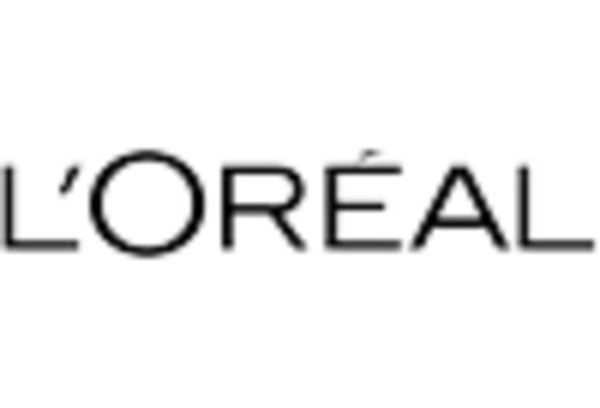
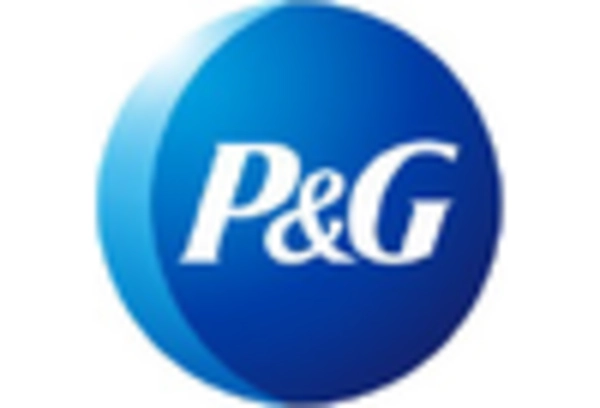
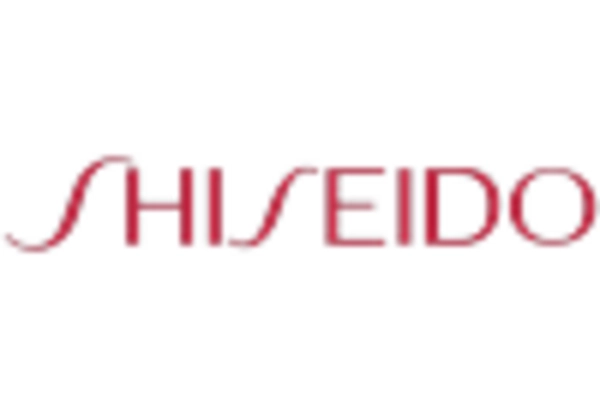
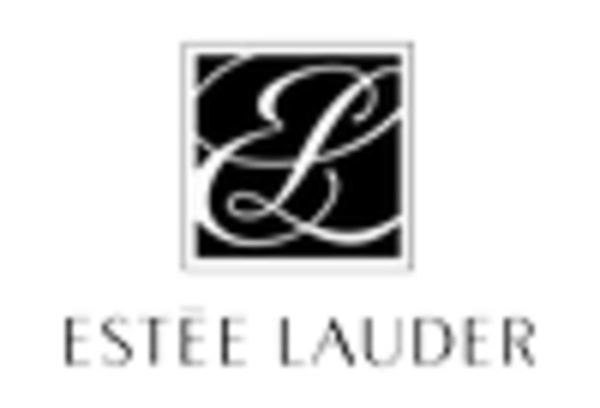
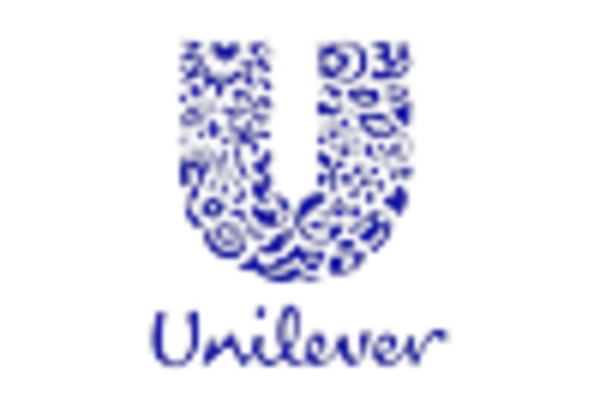








Leave a Comment